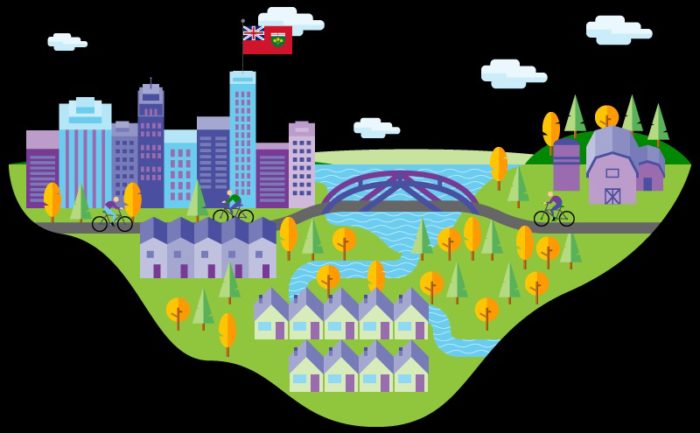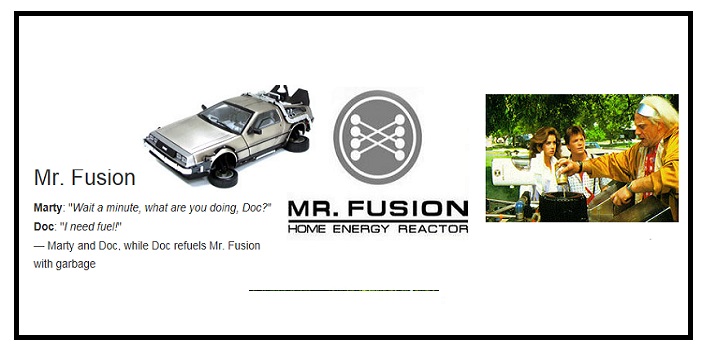NEWS from The Ministry of the Environment and Climate Change- Ontario has announced the results of the province’s fourth auction of greenhouse gas emission allowances, held Nov. 29, 2017. A total of 20,898,000 current (2017) allowances were sold at a settlement price of $17.38 CAD and a total of 3,116,700 future (2020) greenhouse gas emission allowances were sold at a settlement price of $18.89 CAD. The auction generated an estimated $422,081,073 in proceeds, which by law will be invested in programs that will reduce greenhouse gas pollution and help families and businesses reduce their own emissions through the Climate Change Action Plan.
Proceeds from the province’s carbon market auctions are funding programs in 2017-18 that help people and businesses across Ontario reduce pollution, including:
$64 million to improve energy efficiency, reduce greenhouse gases and redirect savings into patient care at 98 hospitals across the province
Up to $377 million to establish the Green Ontario Fund to help homeowners and businesses save money and fight climate change through programs and rebates
Up to $657 million for repairs and improvements to social housing apartment buildings over five years, contingent on carbon market proceeds
$200 million for public school energy improvements
Up to $100 million to support municipalities in fighting climate change through projects such as renewable energy and energy efficiency improvements
$93 million for cycling upgrades
$25 million to establish the Low Carbon Innovation Fund to help create and commercialize new low-carbon technologies
These recent investments build upon $100 million to help homeowners make home energy upgrades, $20 million to install a network of fast-charging electric vehicle stations, $92 million for social housing upgrades, nearly $100 million to help businesses adopt low-carbon technology, and $13 million to support clean economic growth in First Nations communities, $8 million to launch a new pilot program to help fund the purchase of electric school buses, over $1 million to improve ecosystem health in urban and rural communities across the province.
The auction was administered by the Ministry of the Environment and Climate Change using services contracted by the Western Climate Initiative (WCI) Inc., with oversight from an independent market monitor to ensure the integrity of the process. The summary report of the results has been made available to the public. For the Silo, Anna Milner. Disponible en Français.
QUOTES
” The goal of Ontario’s carbon market is to reduce greenhouse gas emissions from our largest
sources of pollution. The proceeds generated are being invested into Ontario’s economy
through programs and projects that will do even more to reduce greenhouse gases, and help
people in their everyday lives.”
– Chris Ballard
Minister of the Environment and Climate Change
QUICK FACTS
On May 18, 2016, Ontario passed landmark climate change legislation that ensures the
province is accountable for responsibly and transparently investing proceeds from the
cap and trade program.
The Climate Change Action Plan and the cap and trade program form the backbone of
Ontario’s strategy to cut greenhouse gas pollution to 15 per cent below 1990 levels by
2020.
On September 22, 2017, Ontario signed a cap and trade linking agreement with Quebec
and California. The linkage will become effective on January 1, 2018.
After introducing its cap and trade program and putting a price on carbon, California’s
economy grew at a pace that exceeded the growth of the rest of the U.S. economy.
The number of jobs in California grew by almost 3.3 per cent in the first year and a half
of the program, outstripping the national rate of job creation, which was 2.5 per cent over
the same period.
In the United States, the Regional Greenhouse Gas Initiative (RGGI) has invested more
than $1.3 billion of auction proceeds since 2009 in programs that include energy
efficiency, clean and renewable energy, greenhouse gas abatement and direct bill
assistance.
RGGI investments are projected to return more than $4.67 billion in lifetime energy bill
savings to more than 4.6 million participating households and 21,400 businesses.


